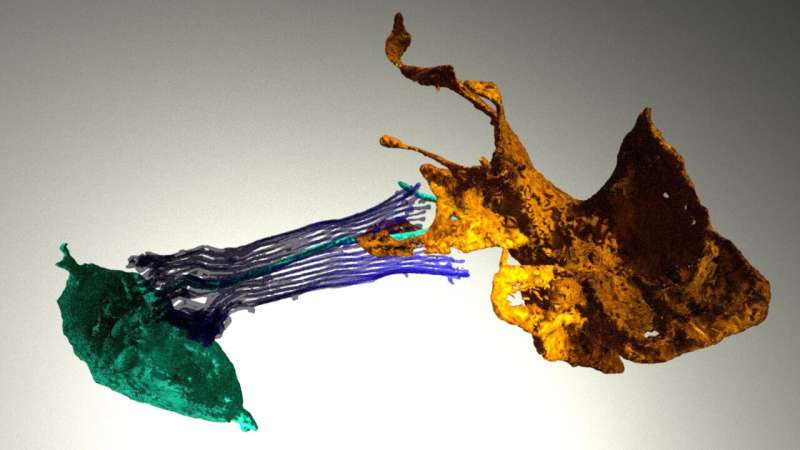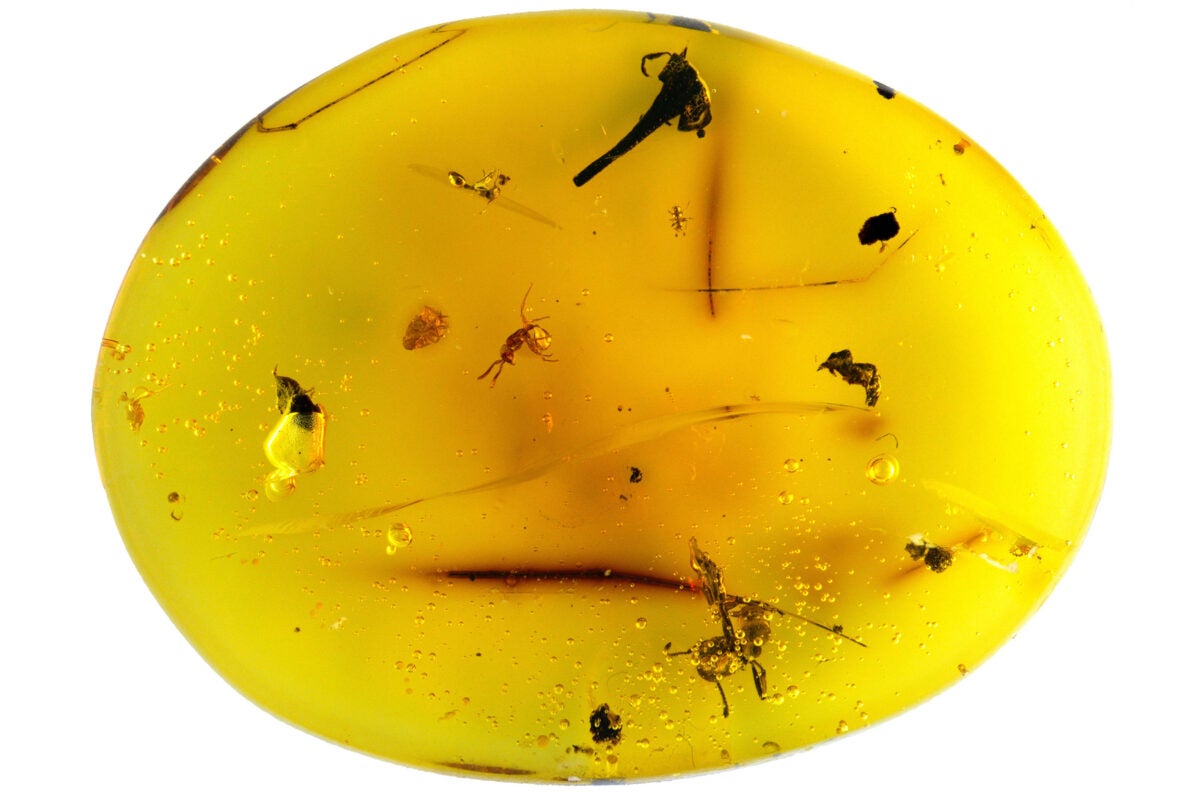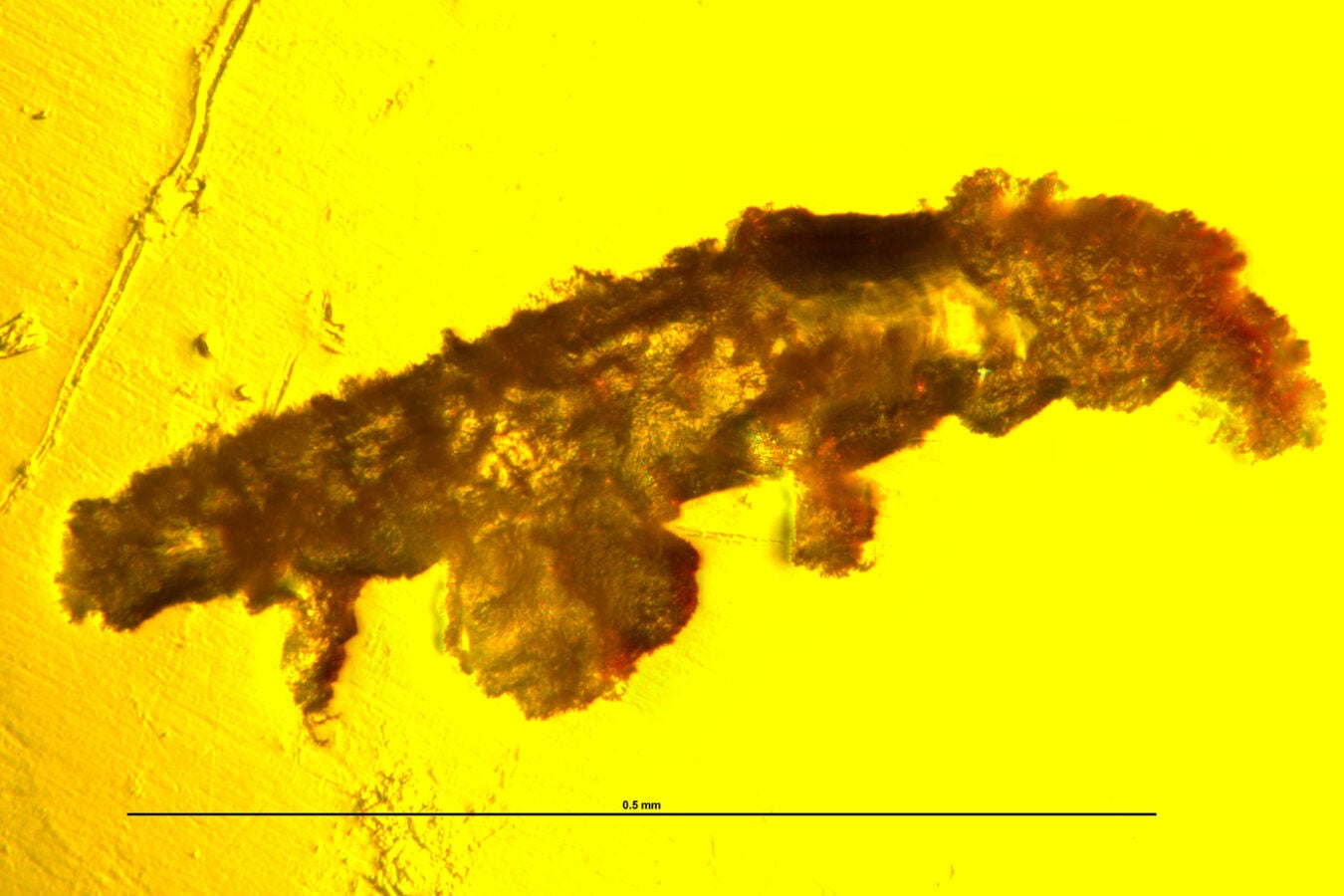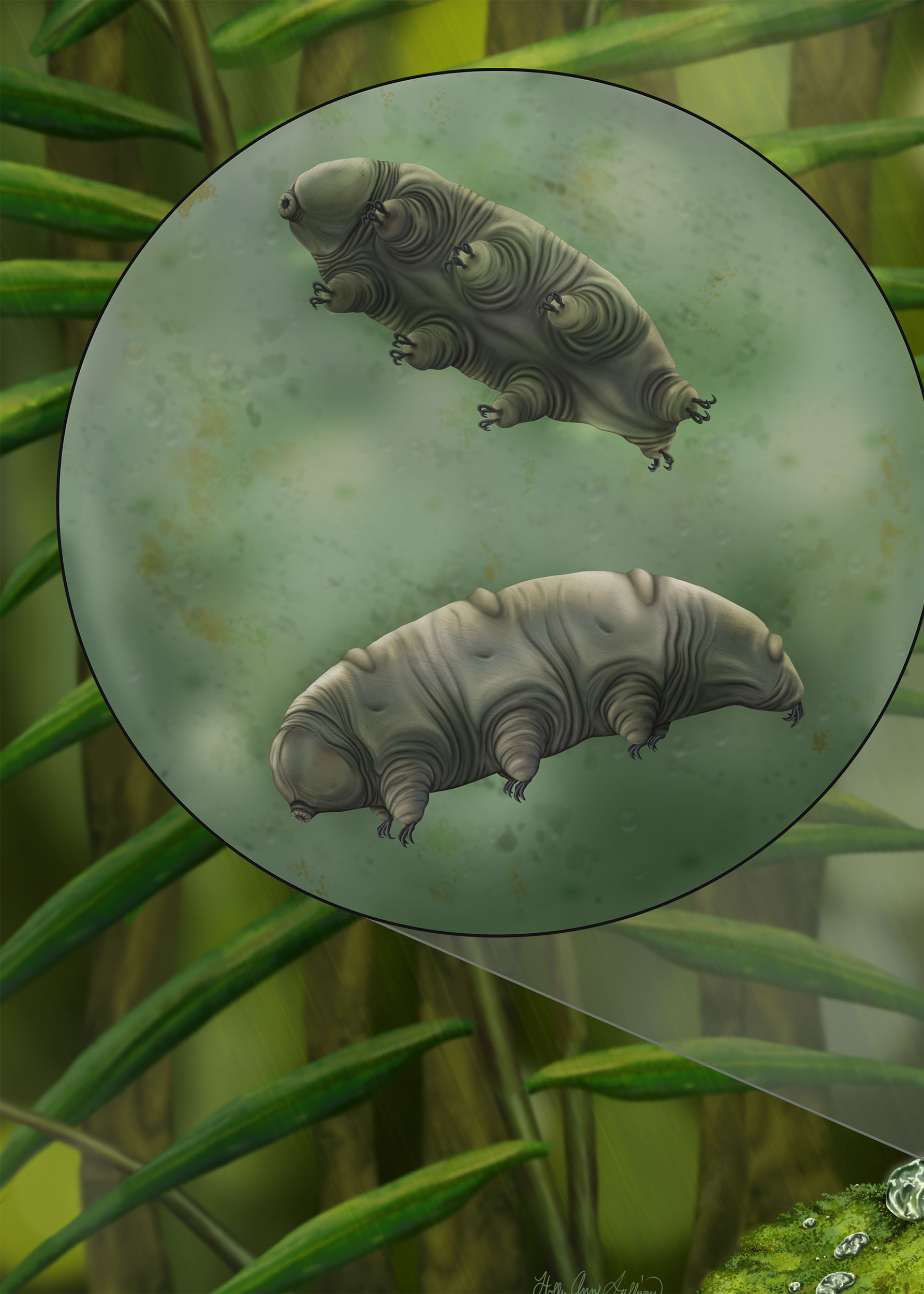SEAN FINEJUSTICE WRITER
:format(jpeg)/cloudfront-us-east-1.images.arcpublishing.com/tgam/PAK3CFQ3EZKQLHAAZD55NUHAC4.jpg)
The Ontario Court of Appeal ruled Friday that the minuscule continuing payments violated the 1850 land treaties’ promise to share the resource wealth from the territory.
Ontario’s highest court has ruled that the Crown violated the terms of treaties from 1850 by capping annual payments at a few dollars per person to Indigenous peoples who ceded a vast area of the northern part of the province.
The Ontario Court of Appeal ordered a yet-to-be determined amount of compensation that could be in the billions of dollars, and that could come from Ontario, the federal government, or both.
Under the terms of the treaties, the Crown has been paying 23 First Nations just $4 per year for each of their members, in exchange for resource-rich territory the size of France. The land is located on the north shores of Lake Huron and Lake Superior, and it stretches as far north as Hudson Bay. The annual payment has not increased since 1875. In 1850, an initial lump sum of a few thousand dollars was also paid to the communities involved.
The Ontario Court of Appeal ruled 5-0 on Friday that the minuscule continuing payments violated the treaties’ promise to share the resource wealth from the territory, and sent the case back to the trial judge for the next phase: determining how the sharing should be done, and how much money it would mean for the 40,000 Anishinaabe descendants of the First Nations that ceded the territory. Which government is responsible for paying out the money is also to be determined in the next phase.
The appeal court recommended negotiations among the parties. “True reconciliation will not be achieved in the courtroom,” it said.
No place like home: On claiming land that is not our own
To understand why the land remains Indigenous, look to history
The Ontario Ministry of the Attorney General said its counsel are reviewing the decision, and that it would be inappropriate to comment because the matter is within the appeal period and before the courts.
The federal government has said it will negotiate if Ontario comes to the table. The First Nations involved have also agreed to negotiate. The court did not put a figure on the amount of money at stake, but Harley Schachter, a lawyer who represented the Red Rock and Whitesand First Nations in the case, said he expects it will be in the billions, and will address inequities in living standards.
The wealth to be shared includes government revenues connected to the use, sale or licensing of land and water in the treaties’ territory, including mineral and lumber revenues. That wealth includes both future and past revenues.
The trial judge, Ontario Superior Court Justice Patricia Hennessy, determined that the parties to the treaties had a common intention to share revenues, over and above the individual annuities, by means of collective payments to the chiefs and their tribes.
“This is not just money that goes out the window,” Mr. Schachter said in an interview. “This is an investment in a people, and everybody wins. It’s not a zero-sum game. If reconciliation is achieved, all of Canada’s the winner.
He added that he hopes Ontario will not ask the Supreme Court of Canada to hear an appeal. It has 60 days to file such a request.
“I’m hoping the Premier and cabinet will step in and say, ‘Enough’s enough. We have the business of reconciliation to attend to.’”
Catherine Boies Parker, a lawyer representing Anishinaabe beneficiaries of the treaties, also urged Ontario not to appeal.
“It is time to stop looking to the courts for assistance in avoiding your constitutional obligations,” she said, adding that there is no reasonable prospect the Supreme Court would disagree that governments had failed to share the wealth. The courts, she said, have authority to order compensation for those who were wronged.
Ontario argued the Crown has “unfettered discretion” over whether to increase the annual payments, meaning the courts could not review any government decisions related to the treaties’ compensation. In June, 2019, Justice Hennessy ruled that the Crown had acted dishonourably, and that the courts could not only review the payments but supervise to make sure governments pay compensation for treaty violations. Ontario challenged her ruling at the Court of Appeal. The federal government, which had taken different positions on some issues than Ontario, did not.
Justice Hennessy heard from historians, chiefs, elders and experts in Anishinaabe law as she analyzed the history of the treaties and the contemporaneous understanding on both sides. The Anishinaabe believed in reciprocity and renewal of relationships with the British, for whom they had fought in the War of 1812. (Some of the warriors helped negotiate the 1850 treaties.) Their wampum belts had images of two figures holding hands as part of two links in a chain.
The appeal court highlighted poor living conditions for Indigenous peoples in Northern Ontario, which it linked to the failure to share.
“The ‘share’ promised is to be determined not only based on the extent of Crown revenues but also with reference to the relative wealth and needs of the different communities,” the court said. “Obviously, the Anishinaabe would not have expected their communities to suffer a range of deprivations, including substandard housing and boil water advisories, while non-Indigenous communities thrived. Nor was it likely, based on the Anishinaabe principles discussed by the trial judge, that the Anishinaabe would have wished to enjoy great personal wealth while their fellow Canadians suffered deprivation.”
“Discretion is near and dear to the Crown, so I could see that being a motivation for Ontario to appeal,” said Thomas Slade, a lawyer for the Blood Tribe, which intervened in the case. “But the timing couldn’t be worse in terms of the calls on governments to stop fighting First Nations in court and to pursue meaningful reconciliation.”
Last month, the federal government asked the Supreme Court to hear an appeal of a child-welfare ruling involving Indigenous peoples, in which billions of dollars are at stake. Ottawa had faced pressure from the Canadian Bar Association and Indigenous groups not to appeal. The government said that it would hold settlement talks during a pause in litigation.
‘Incredible moment in . . . history’
Anishinabek leaders applaud ruling on Robinson Huron Treaty, seek negotiations with the province
Publishing date: Nov 09, 2021

The federal government has indicated it is ready to negotiate a settlement in the Robinson Huron Treaty annuities case.
Now, Chief Duke Peltier says, it is “time for the leaders of Ontario to embrace the reality, embrace the faces, embrace our history and also to embrace the rule of law relating to the Robinson Huron Treaty” and meet the leaders of the Anishinabek Nation and work on a settlement.
Speaking at a news conference Tuesday morning, Peltier, Chief Dean Sayers of the Batchewana First Nation, chair of the Robinson Huron Treaty Litigation Fund Mike Restoule and David Nahwegahbow, co-lead counsel for the litigation, said it is past time to reach a settlement.
The treaty, signed between the Crown and the Anishinabek in 1850, specified that both settlers and First Nations people were to “benefit from the resources” of the land, to “share the wealth of the territory,” Peltier said, and Ontario courts have ruled that the province must implement the augmentation clause, which ensured any increase in the revenue from lands within Robinson-Huron Treaty territory would be evenly distributed to the treaty signatories.
The annuity, initially set at $1.60 a year, was increased to $4 a year in 1874. It has remained at that level since.
“We have been successful in gaining the support of the courts in the first two appeals” filed by the province, the most recent decision being handed down by the Ontario Court of Appeal Friday.
“We unanimously reject the majority of the arguments raised on appeal,” the appeal court said in its 300-page plus ruling. “We dismiss Ontario’s appeal from the Stage Two proceedings in its entirety.”
“We believe we should immediately begin meaningful negotiations to implement the decision of Ontario’s courts of law,” Peltier said.
Nipissing MPP Vic Fedeli received a petition organized by supporters of the litigation fund Friday, calling for an end to the province’s appeals on the issue. A third stage of appeals is scheduled to be heard by the court in September, 2022.
Friday’s decision, Sayers said, is “an incredible moment in the history of our lands here in Canada,” and all Ontarians are “witnessing beautiful history unfold.”
He said the Anishinabek people are “reclaiming our inheritances.”
The province, Sayers said, “must come equipped to the table” to negotiate a just and equitable agreement.
“True reconciliation will not be achieved in the courtroom,” he said.
Sayers also pointed out that the Anishinabek people have received “overwhelming support from civic leaders” in the Robinson Huron Treaty region, which covers a significant portion of Northern Ontario from Sault Ste. Marie to North Bay and north to Kirkland Lake.
“Ontario is hanging on to an untenable position,” Sayers said, and he has met with Ontario Premier Doug Ford in an attempt to end the court cases.
He said Ford has agreed to meet with the Anishinabek leaders again.
“We truly want to go down the road of partnership” with the province, Sayers said.
The province has not yet responded to the court ruling or to the petition.
“We have won every step of the process to this point,” Restoule said, vowing to continue with court cases in the future, or to sit down and negotiate with the province.
“If litigation is what Ontario wants, we will go there.”



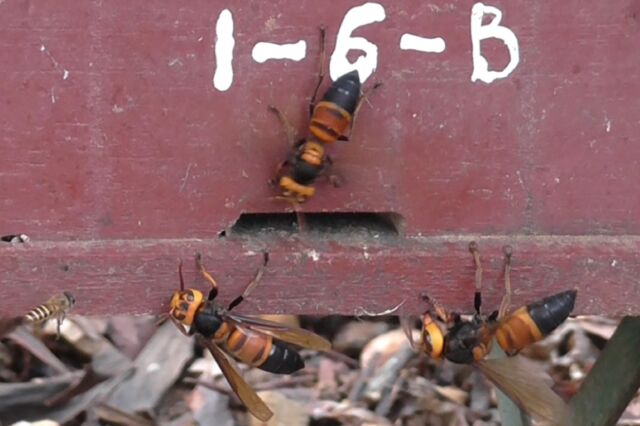
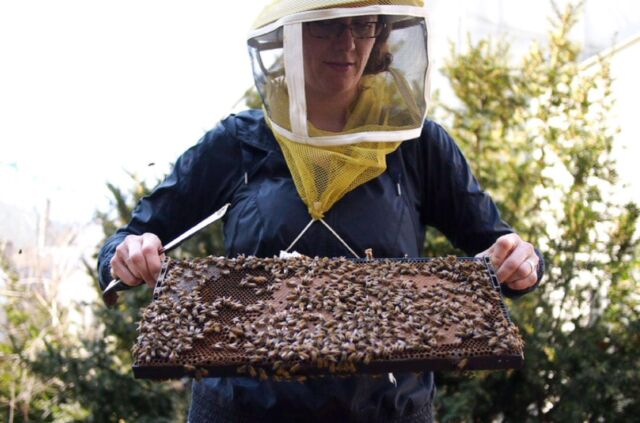




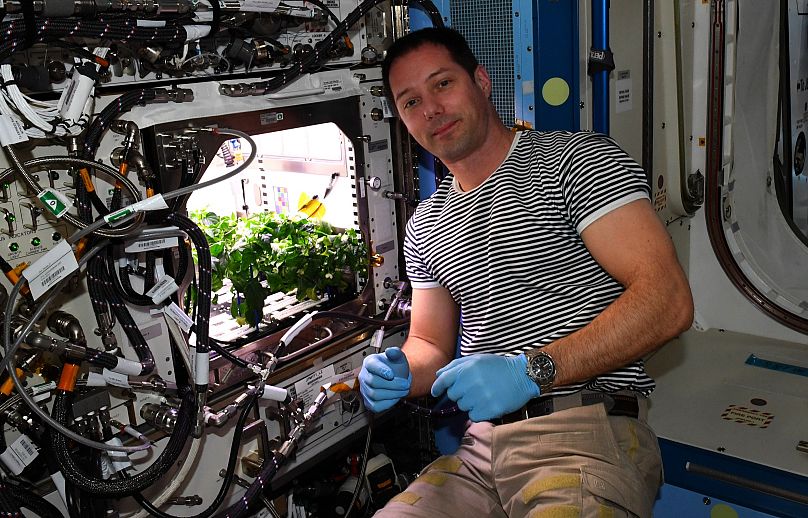







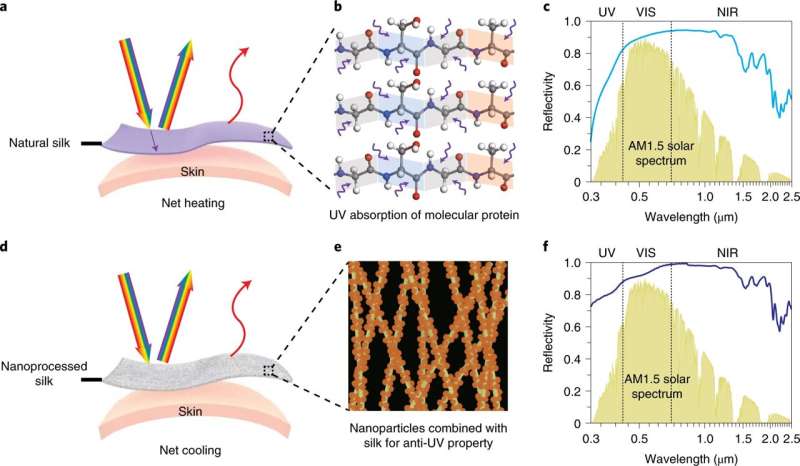
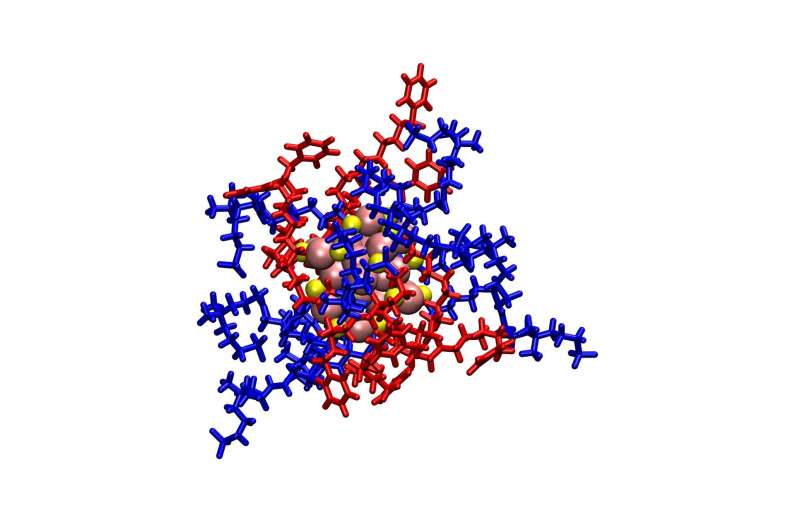
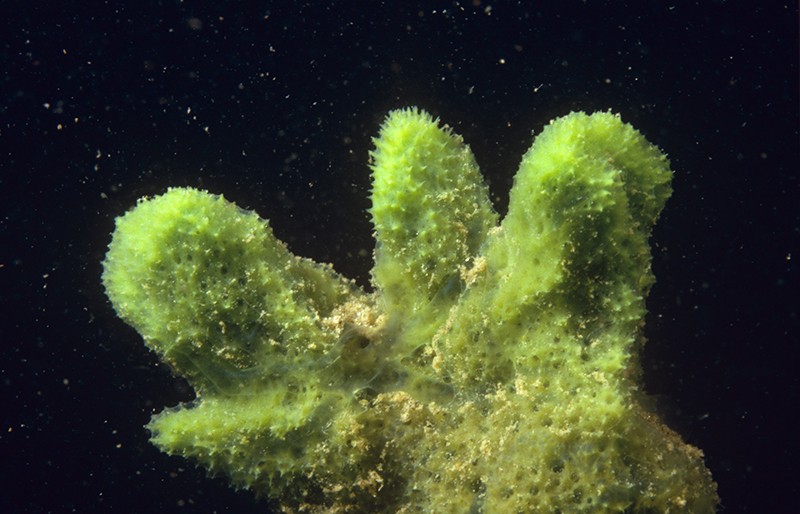 This freshwater sponge (Spongilla lacustris) may hold clues about the evolution of the nervous system. Image Credits: Willem Kolvoort/Nature Picture Library
This freshwater sponge (Spongilla lacustris) may hold clues about the evolution of the nervous system. Image Credits: Willem Kolvoort/Nature Picture Library
